How to Justify Predictive Maintenance Investments
By Jim Montague, Executive Editor
Some jobs are difficult, but others are close to impossible.
For instance, running any control and automation application reliably in the process industries can be a challenge. However, the insurmountable problem often is convincing managers to accept recommendations for needed reliability equipment, according to Doug White, director of refining industry solutions and senior principal consultant in Emerson Process Management's Process Systems and Solutions division.
To give control engineers the ammunition they need for justifying reliability improvements, White presented "Reliability Improvements Through Predictive Maintenance: An Economic Analysis" this week at the Emerson Global Users Exchange in Nashville.
As a result, White explained that efforts to justify reliability improvements must show how those improvements impact four operational goals, including:
- The safety goal of zero serious incidents by minimizing manpower in hazardous areas and fully automating remote start-up/shutdown switching;
- The sustainability goal of zero reportable emission events by minimizing energy use, emissions and waste;
- The reliability goal of zero unscheduled downtime by anticipating potential equipment failures; and
- The optimization goal of zero lost profit opportunities by using an integrated, real-time and repeatable decision loop to plan, schedule, execute and measure performance. This loop employs collaborative, data-driven analysis and decisions, as well as explicit evaluations of uncertainties and risk.
Next, reliability advocates need to estimate the percent of time that their plant is at maximum production. This is done by multiplying the maximum sustainable unit production rate at 100% by unit availability to get the actual maximum production rate (AMPR). "The most important question is, ‘Is there a market for our increased production?' People often forget to consider this," explained White. "But if there isn't a market for it, then there's no benefit in increasing production."
In addition, White said that reliability efforts often call for implementing automation. This may include using predictive diagnostics tools, such as enhanced field instrument diagnostics, and increasing measurements of process equipment combined with performance analysis. Automation can also be used to improve operations and maintenance visibility into equipment status, performance and alerts. "However, instead of using automation to increase reliability and throughput, some managers decide to install spare or oversized equipment to make up for lost production," said White. "This is what's competing with automation for funding."
Once these outside forces are considered, White explained that predictive maintenance usually means using performance data from equipment to predict when it actually needs maintenance, and then catching problems before they happen to achieve zero incidents and zero unscheduled downtime. This requires users to acquire and validate performance data, analyze performance, predict degraded operations and then take corrective action.
"While it might seem obvious that better maintenance means spending more on it, the research we've gathered on refinery availability and maintenance costs shows that first quartile performers have both higher availability and lower costs," said White. "This is because they're strong on predictive maintenance."
For example, to calculate the potential economic benefits of installing a pump-health monitoring system, users can deploy a variety of wireless pressure, vibration and other transmitters, White said. Emerson's own Pump Health Monitoring solution includes a wireless monitoring system that's easy to install; calculations to summarize pump health; and early indicators of pump problems.
"The worst and most critical pumps are probably already being monitored, so what we're looking for are essential pumps with either high failure records or those that are performing more important services," explained White. "Using automation and evaluation tools can reduce unscheduled shutdowns, unit upsets, unscheduled slowdowns, routine maintenance and manual equipment readings. However, they can also speed up device installation and wiring checks, communication checks, troubleshooting and remote calibration."
White concluded, "There can be a sound economic payout for implementing reliability improvements. Besides reducing routine maintenance costs, there can be benefits from increased unit availability and production, reduced serious incidents and reduced energy use. Calculating these benefits requires analysis of plant data and consideration of the actual plant operating situation."



